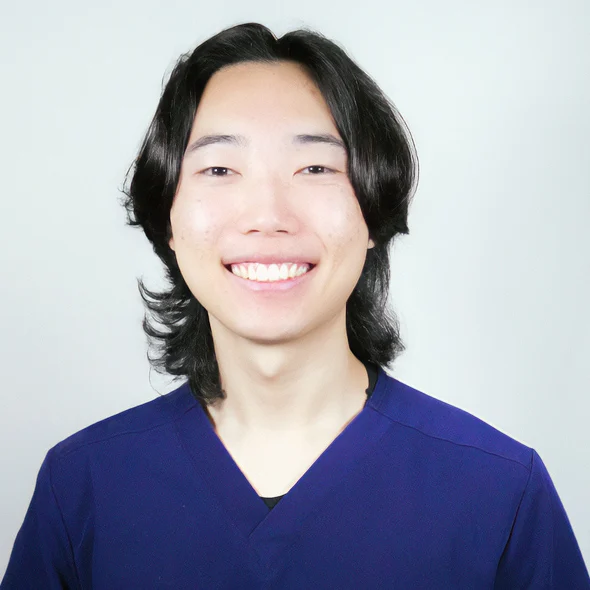Understanding Seizures: Causes, Types, and Treatment
Seizures occur when a sudden surge of electrical activity disrupts normal brain function. This uncontrolled disturbance can affect a person’s appearance, behavior, and bodily functions. Most episodes last between 30 seconds and two minutes, although some persist longer.
There are many variations, differing in type and severity. Some individuals experience only one or two seizures in their lifetime, while others have recurrent episodes. Causes may include stroke, head injury, or infection, though some cases remain unexplained. A diagnosis of epilepsy is given when a person has two or more occurrences or experiences repeated episodes.
While most neurological disorders related to abnormal electrical activity can be managed with medication, ongoing care and collaboration with a doctor are essential for effective treatment.
Seizure Symptoms
Not all episodes involve dramatic convulsions. Other common symptoms include:
- Loss of consciousness or awareness
- Staring into the distance without realizing it
- Uncontrollable jerking movements of the arms and legs
- Feelings of fear, anxiety, or déjà vu
- Temporary confusion
Types of Episodes
Doctors classify seizures into two main categories: focal and generalized. Classification depends on how and where abnormal brain activity originates. In some cases, pinpointing the exact location of onset can be challenging.
Focal Episodes
- With Impaired Awareness: A person may lose consciousness or show altered awareness, such as staring blankly. They may not respond normally to their environment and could engage in repetitive movements like hand rubbing or walking in circles.
- Without Loss of Awareness: These cases cause changes in sensation, such as unusual smells, tastes, or visual disturbances. Consciousness remains intact, but involuntary jerking of a body part, tingling, or dizziness may occur. Some individuals report seeing flashing lights.
Generalized Episodes
These affect the entire brain and include the following types:
- Absence: Formerly called “petit mal,” these are most common in children and involve brief staring spells or subtle movements like eye blinking or lip smacking. They often occur in clusters.
- Tonic: Characterized by muscle stiffening, these typically affect the back, arms, and legs, sometimes causing a person to fall.
- Atonic: Also known as “drop attacks,” these result in sudden loss of muscle control, leading to falls.
- Clonic: Involving rhythmic jerking movements, these commonly affect the neck, arms, or face.
- Myoclonic: Marked by sudden, quick jerks or twitches of the arms and legs.
- Tonic-Clonic: Previously called “grand mal,” these involve sudden loss of consciousness, body stiffening, and shaking. Some cases include tongue biting or loss of bladder control.
A Holistic Approach to Treatment
At NorCal Brain Center, we work with many individuals experiencing these neurological disruptions. Various factors, including metabolic imbalances, nutritional deficiencies, improper brain activity, and infections, can contribute to the condition. Our goal is to identify the root cause and address it using drug-free, non-invasive methods.
If you or someone you know is dealing with these challenges, contact us today to explore personalized, holistic treatment options!






